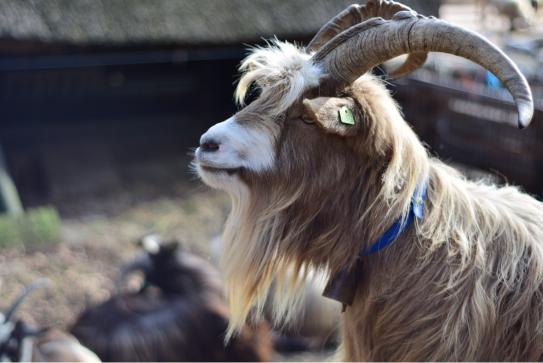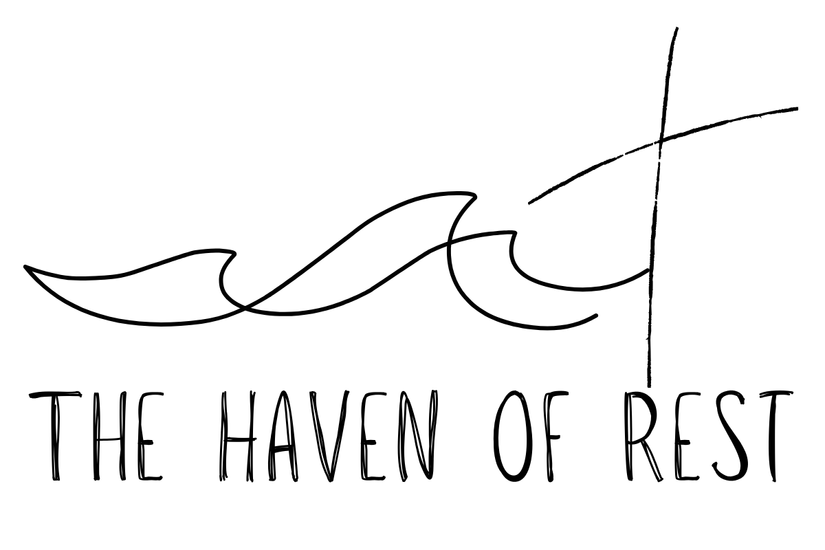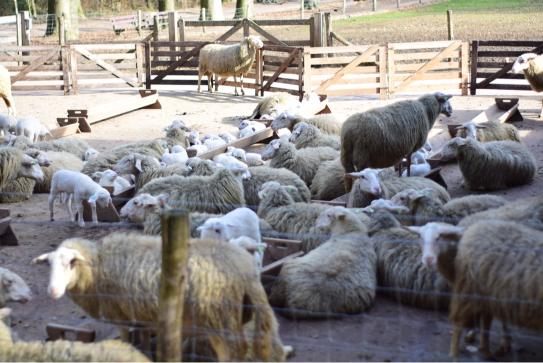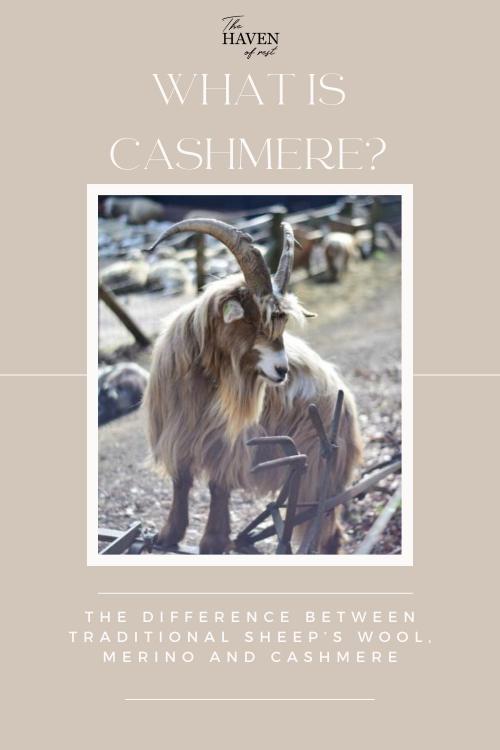Written by: Tahnee Wientjes
You may have wondered: “Is cashmere a type of wool?”, or “What’s the difference between cashmere and merino wool?”. Cashmere can be made into a wonderfully soft type of fabric with its characteristics and pros. Wool garments and premium fibers like cashmere are lovely to wear and use around the home. Let’s find out the difference between cashmere, wool and merino.
Table of Contents
Types of Wool: Exploring Varieties
Wool is a great natural fiber that has many benefits over synthetic fibers. Natural fibers like linen, cashmere, sheep’s wool and such are great fabrics to use for making clothes or use around the home.
Did you know that the term “wool” is not restricted to sheep’s wool only? There are many different kinds of wool. Wool is a natural fiber that can be sourced from different animals, like sheep, goats, rabbits, and more!
The animal the wool is sourced from determines what kind of wool it is. The fibers from the harvested wool fleeces can be used to create cozy fabrics that are perfect for wearing and use in and around the home.
Sheep’s wool
Traditional sheep wool is what’s used for the production of most wool products. It’s widely available and a natural, renewable resource. Regular sheep’s wool has great qualities. It can be used for making fabric, garments, duvets, and even as insulation for a house.
Adding some wool garments to your capsule wardrobe is a good idea because wool garments will keep you warm in winter and cool in summer. It doesn’t need to be washed often and can absorb moisture up to 30% of its weight, which also makes it great for wearing during sports!
Pricing of Traditional Sheep’s Wool
The price of regular sheep’s wool depends on the quality of the fibers. Long-filament fibers last longer and come with higher production costs.
Also, for wool garments, wool is often blended with silk to make it more durable. For a lower price, the sheep’s wool can be blended with nylon, cotton, and other common materials which makes it more affordable.
The price of raw wool is usually lower and can be used for insulation. If you’re creative you can buy and rinse the raw wool and use it for stuffing animals, pillows, or yarn, but do note that it’s labor-intensive, since the raw wool would need to be washed and rinsed multiple times and then carded and/ or spun.
All in all, the price of wool is determined by the amount of labor, time, and money needed to process the sheep’s wool, the length of its fibers, and other types of natural fibers blended into the wool.
What’s Cashmere Wool?
The wool made from the fleece of the pashmina goat is called “cashmere”. The Pashmina goats are believed to come from Kashmir, India, which is why the wool is commonly known as cashmere. True cashmere comes from the hairs of the Pashmina goat, while Angora goats produce mohair. Cashmere fibers are very soft, silk-like fibers. Some people find that cashmere garments are even warmer than garments made of regular sheep’s wool.
High-quality cashmere is made from the soft undercoat of cashmere goats. During cashmere production, the cashmere fibers are combed. The finest cashmere fibers are obtained by combing the goats, instead of shearing the goats.
Wool Products for Homemakers: Cozy Essentials and Stylish Additions
Pure cashmere is a great choice for use in garments. Fibers of cashmere are very soft and warm. This makes it great for cashmere garments like a cashmere sweater or cashmere scarf. Cashmere garments are a good choice if you want to add some essentials to your capsule wardrobe that will last for a long time.
A cashmere scarf is also a great, versatile addition to your wardrobe, as it’s soft, warm, and timeless. It’s a lovely, natural, luxury item for special occasions.
High-quality cashmere can last for 10+ years if properly taken care of. Low-quality cashmere has shorter cashmere fibres which will make it less durable.
High-quality cashmere products can be distinguished by their long-filament fibers. High quality is usually priced higher compared to other cashmere products which tells you something about the quality of the cashmere as well.
Cashmere vs Merino Wool
Cashmere is mostly known as a luxury natural fiber. Traditional sheep’s wool and merino wool are amongst the more common materials. The difference between cashmere and merino is that they’re harvested from different animals. Both cashmere and merino are types of wool, but each with its own characteristics.
Merino Wool
Merino wool is also sheep’s wool, but it’s only harvested from merino sheep. Merino sheep are a specific breed of sheep. Some people find regular sheep’s wool itchy or coarse but like merino wool for its softness. Cashmere is not necessarily warmer than merino wool, it depends on the type of weave, the thickness of the yarn, and the construction of the wool product itself.
Merino wool kind of goes by the name of the best wool available. In times past, traditional sheep’s wool was usually itchy and bulky, that’s why there’s been a rise in merino wool popularity in recent years. But, the global wool production is not what it used to be.
Merino Wool Brands
Brands like Engel and Huttelihut still use regular sheep’s wool, but their garments are super soft. Dilling is a brand that uses high-quality merino wool for their garments. They prioritize ethical production and the welfare of their animals in the whole process of merino wool production.
I think the preference for either traditional sheep’s wool or merino is a personal one. Both types of wool can be ethically harvested and can last a long time if you apply proper care.
Unique Properties of Cashmere
Cashmere products have some unique properties over other types of wool. I’ll focus on cashmere garments made from cashmere fabric here.
Softness
Cashmere is a type of wool with very fine. Cashmere fabric is a very soft material. This softness makes cashmere a premium fiber I think.
The best fibers to make cashmere fabric are combed with a cashmere comb from the downy undercoats of the Pashmina goats. High-quality cashmere is made from these soft cashmere fibers.
Warmth
Cashmere garments are also lovely and warm. It can regulate the body temperature well and this makes cashmere garments are sweet gift for a newborn.
Strength
Next to cashmere being soft and warm, it’s also very strong. The fibers of cashmere, especially in high-quality cashmere products made with long-filament fibers, are very strong and durable. The fine fibre needs to be taken care of though, but if you take proper care of your cashmere products they are a good investment that can last for years.
Lightweight
Lastly, cashmere is a light fabric. Even lightweight cashmere garments can have the great characteristics mentioned above but still feel very airy and light when you wear them.
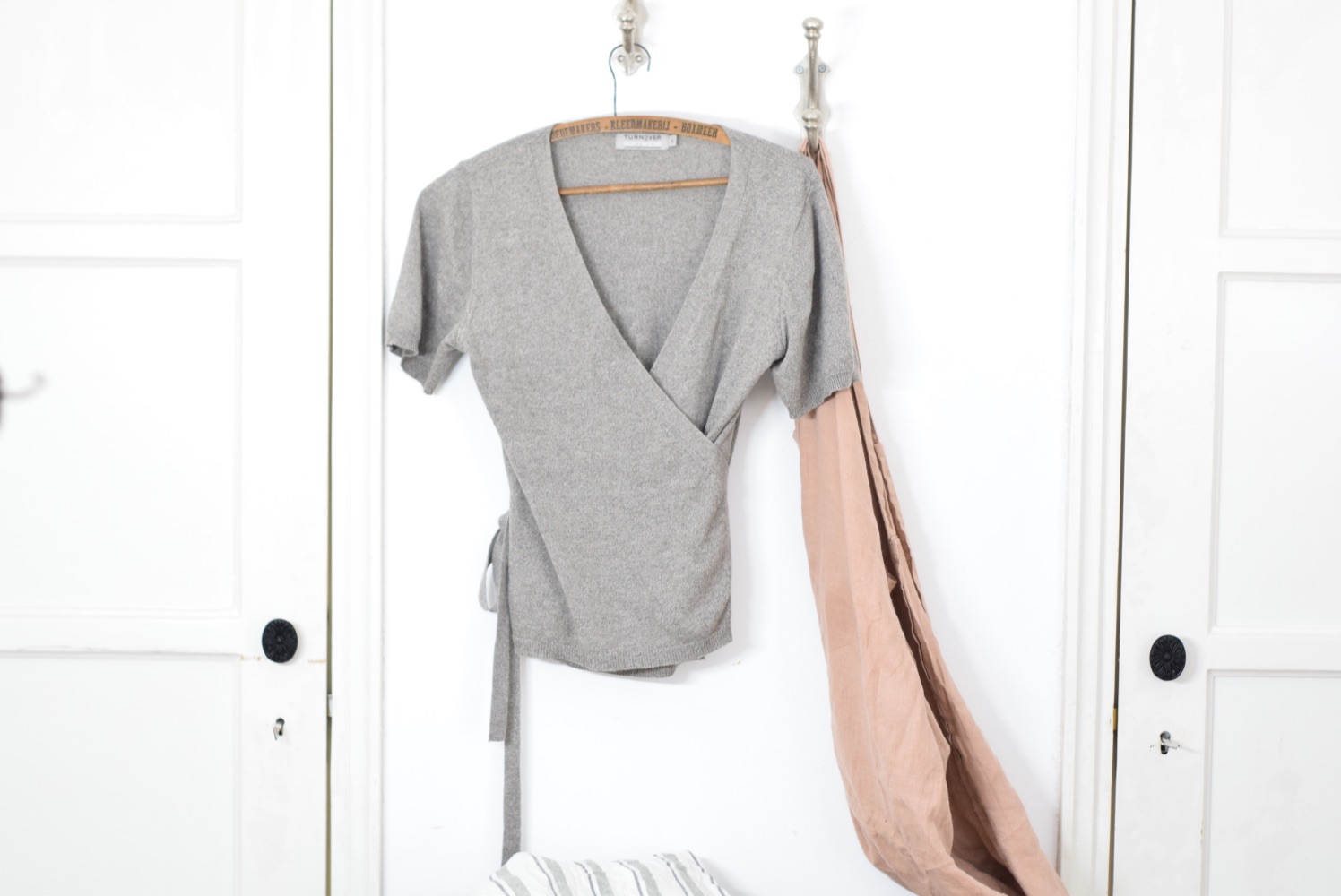
Quality of the Cashmere, a Natural Luxurious Fiber
The Pashmina goats have long protective hair called guard hair on top of their fleeces and soft undercoat hairs. High-quality cashmere fabrics are made from this soft material. The soft undercoat of cashmere goats is combed to harvest the premium fiber.
To harvest the natural fibers, the sheep can be shorn as well. This results in cashmere made with a mix of the goat’s top hair and the soft undercoat of cashmere goats. The soft undercoat hairs are the reason for the unique properties of cashmere products and the reason why cashmere fibers are so soft. The best cashmere is made of the soft fiber harvested from the soft undercoat of the Pashmina goat.
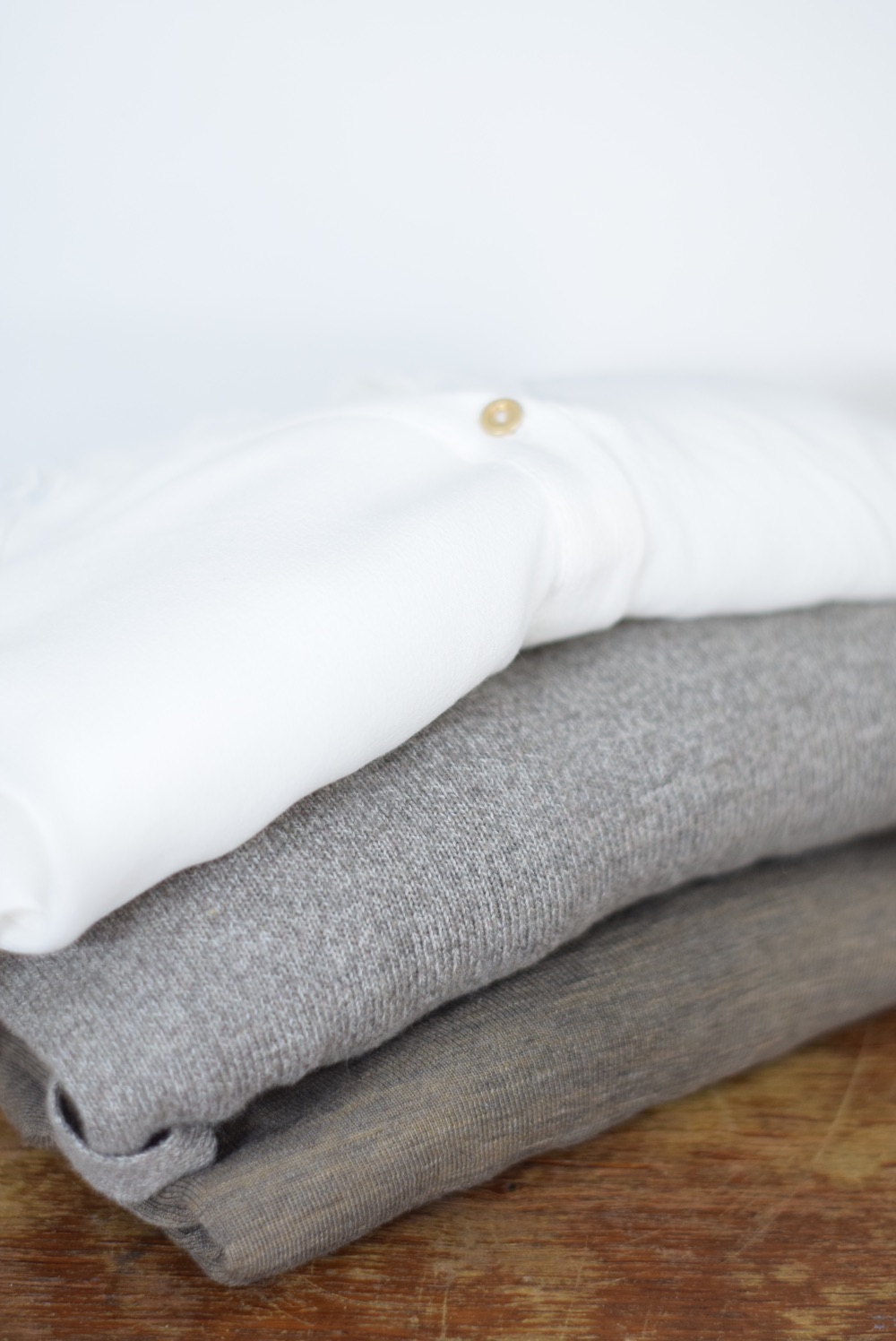
Manufacturing Process of Wool
For the manufacturing process of wool, sheep are shorn once a year to harvest their fleece. The wool is then washed and rinsed multiple times, depending on where it will be used for.
Wool that’s manufactured to make wool garments is then carded and spun into yarn to weave the fabric.
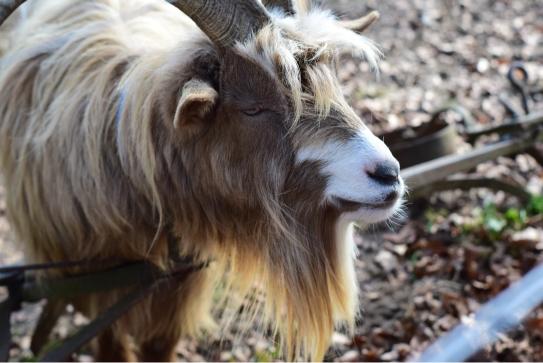
Production of Cashmere
For the production of cashmere fabric, the Pashmina goats are combed with a cashmere comb to harvest the soft undercoat hairs. Sometimes they’re shorn and the harvested fleece can also contain the more coarse hair from the goat’s guard hair. The fibers are then spun into cashmere yarn. For fine knitwear, the cashmere yarn will be spun into very fine yarn.
Animal Welfare in Wool Production
A special note on the welfare of animals. In recent years there have been concerns about the welfare of animals in wool production. For instance, mulesing was a common practice to protect merino sheep from parasite infections. I always advise you to do your research. Knowing where your wool is coming from and local is always better I believe.
To summarize, depending on your budget, cashmere, regular sheep’s wool, and merino wool each have their lovely characteristics. They are all natural fibres that are comfortable to work with and wear, and that can serve you for years to come.
